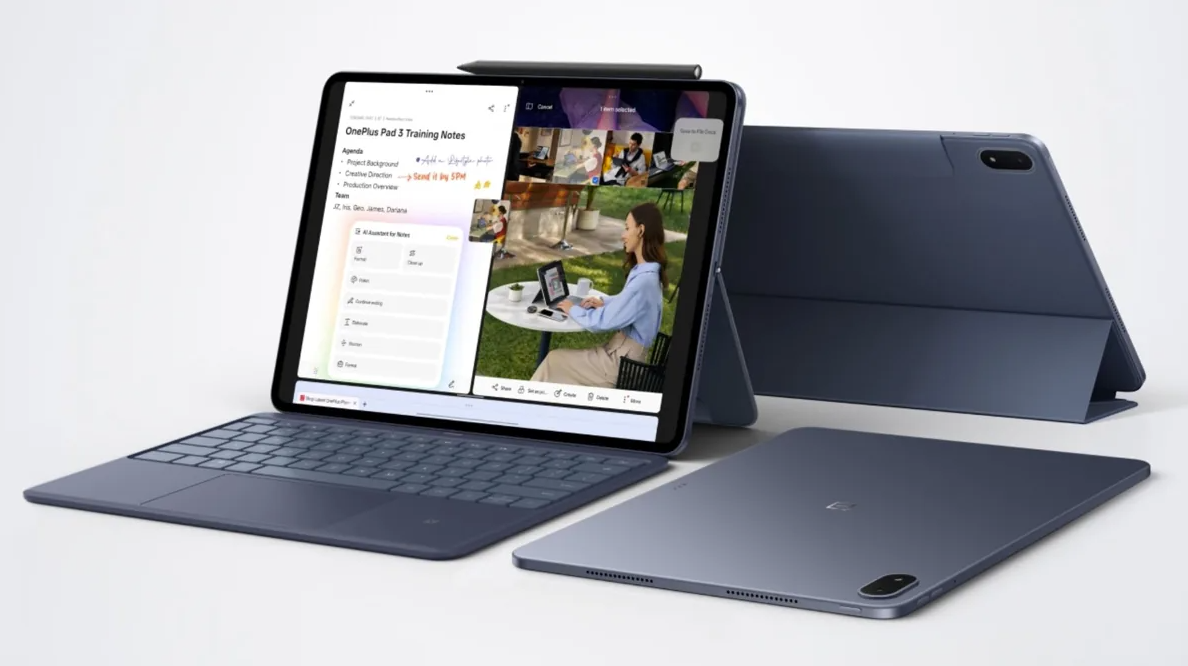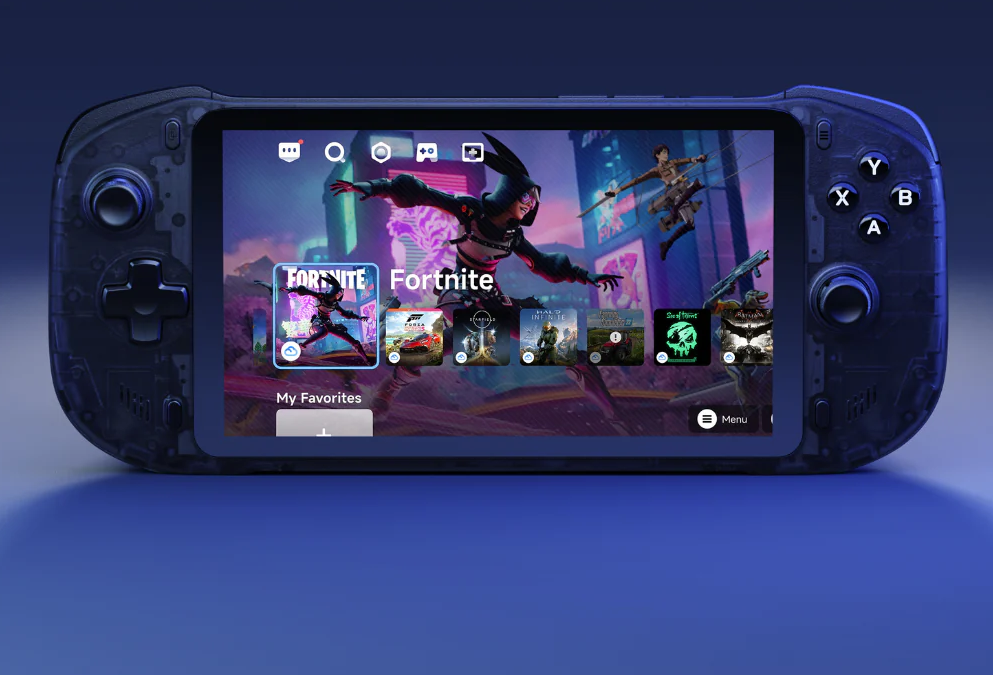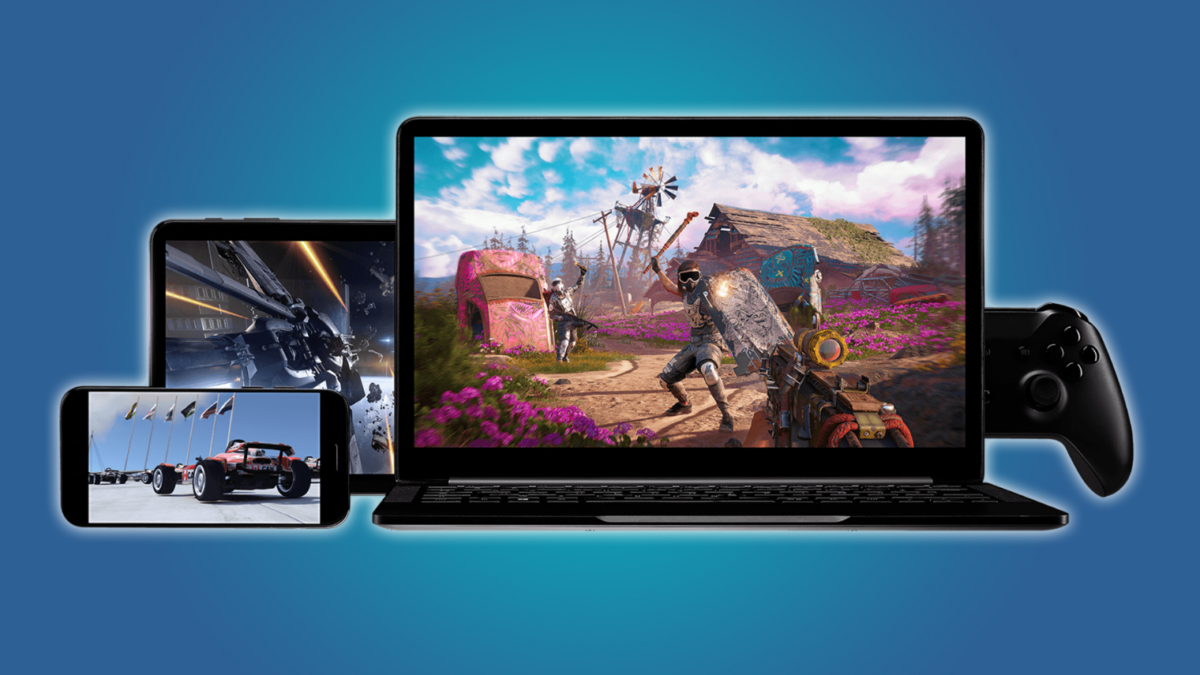OnePlus Pad 3 – Powerful Hardware in a Confused Ecosystem
I’ve spent some time with the OnePlus Pad 3, and while there’s a lot to like, it’s also a product that feels like it’s constantly trying to figure out what it wants to be. On paper, it looks like a dream: a high-res display, fast performance, solid build. But once you start actually using it—especially as a productivity device—the cracks begin to show.
Gorgeous Hardware, No Doubt About It
Let’s start with what OnePlus absolutely nailed: the hardware. The Pad 3 is sleek, well-built, and impressively thin for a tablet of its power. The 12.1-inch LCD display is bright, sharp, and offers a 144Hz refresh rate that makes everything feel fluid. Whether you’re watching HDR content, scrolling through social media, or gaming, it looks fantastic. The Dolby Vision support is a nice touch too.
Under the hood, the Snapdragon 8 Gen 3 delivers top-tier performance. Apps open instantly, multitasking is snappy, and gaming is a breeze. Battery life is solid, with a full day of heavy use easily achievable. Oh, and kudos to OnePlus for including super-fast 67W charging—it still blows my mind how quickly this thing juices up.
Media Machine? Yes. Laptop Replacement? Not Really.
If you’re buying the Pad 3 purely as a media consumption device, you’ll probably love it. The four speakers deliver clear and loud audio with decent spatial effects, and the screen is perfect for binge-watching. It’s also light enough to hold for long sessions, which is a bonus.
But here’s the thing: OnePlus keeps pitching this tablet as a productivity tool—and that’s where it starts to fall apart.
The Keyboard Case – A Premium Mess
Let’s talk about that magnetic keyboard case. It looks premium, and the keys are actually decent to type on. But the design is straight-up frustrating. The keyboard sits flush with the table, forcing the tablet to float awkwardly above it. This setup not only feels unbalanced and wobbly, but it also kills any hope of lap use. And why is the trackpad so cramped? You’re already working with a 12-inch device—use the space!
To make matters worse, OxygenOS still isn’t ready for serious multitasking. While it borrows elements from desktop UIs like taskbars and floating windows, it feels more like a skin-deep gimmick than a true productivity platform. Window resizing is clunky, and the app compatibility with multi-window feels hit-or-miss. You’ll constantly be fighting the OS if you try to treat this like a laptop.
Software That Can’t Keep Up
Despite the power of the chip, the software experience can’t match what you get on an iPad or even a Samsung Galaxy Tab with DeX. OnePlus’s custom desktop-like interface feels unfinished. You get a taskbar, sure, but with limited functionality and poor app optimization. There’s also no real external display support—plug this thing into a monitor and it mirrors the screen. That’s it.
And while stylus support is included (sold separately, of course), don’t expect it to be anywhere near Apple Pencil levels of polish or ecosystem integration.
Price & Value
OnePlus hasn’t confirmed EU/Sweden pricing at the time of writing, but if it lands anywhere near the rumored $499 in the US (approx. 5,400 SEK), the base tablet could be considered fair value for media use alone. But throw in the keyboard case and stylus, and suddenly you’re approaching iPad territory—and that’s a tough sell given the software limitations.
Verdict: A Beautiful Tablet Stuck in Limbo
The OnePlus Pad 3 is an excellent media device with top-tier hardware and a killer screen. But as a productivity tool? It just doesn’t deliver. The clumsy keyboard case and undercooked software experience make it hard to recommend for anything beyond casual use.
Buy it if you want a slick Android tablet for movies, games, and web browsing.
Skip it if you’re looking for a true laptop alternative—because despite its ambitions, this one’s not quite there yet.



